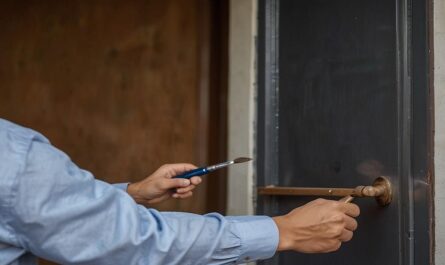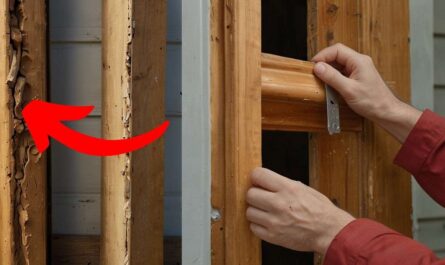Painting wooden surfaces can give our home a refreshed and updated look. However, we often worry about damaging the wood beneath when removing paint from wood. In this guide, we will discuss the different methods and techniques for how to remove paint from wood without damaging the wood. With these tips, you can restore your wooden furniture or surfaces to their original state.
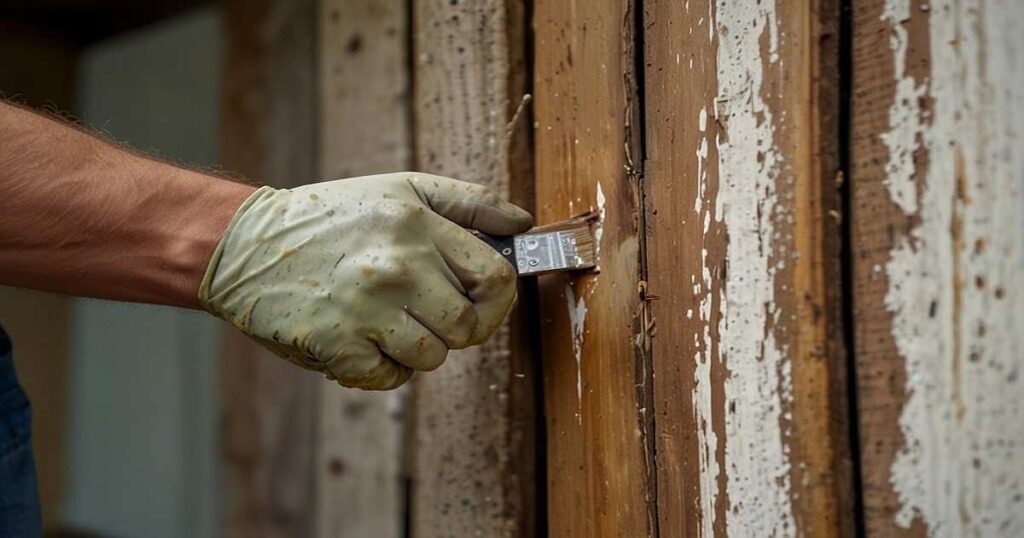
Types of Paint on Wood
Before we jump into the methods, it is important to understand the type of paint on the wood. This will help determine the most effective method for removing it without causing damage.
Latex paint is water-based and less difficult to get rid of in comparison to grease-primarily based paints.
On the other hand, oil-based paint, also known as tooth paint, is more difficult to do away with and calls for extra-aggressive strategies.
Tools and materials you will need:
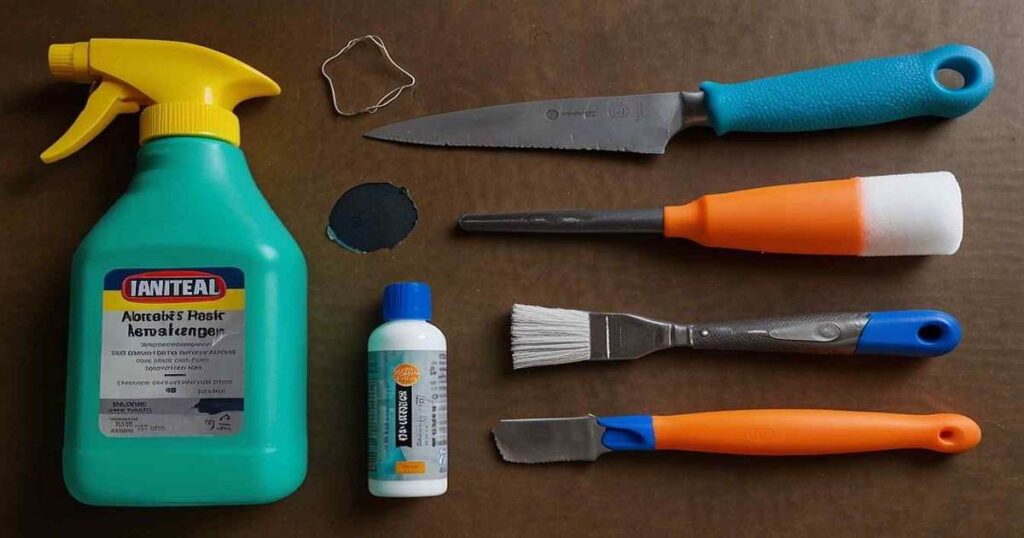
- Paint scraper or putty knife
- Sandpaper (medium and fine grit)
- Denatured alcohol
- Mineral spirits or paint thinner
- Heat gun or hair dryer
- Gloves, safety goggles, and face mask (for protection)
Preparing the Area
Before starting any method, it is important to prepare the area to avoid any further damage. This includes:
- Wearing protective gear: Make sure to wear gloves, safety glasses, and a face mask to protect yourself from harmful chemicals and fumes.
- Covering surrounding areas: Use drop cloths or plastic sheets to cover the floor and surrounding surfaces to prevent any accidental spills.
- Ventilating the area: Open windows or use a fan to ventilate the area and reduce fumes.
Methods for Removing Paint from Wood without Damaging it
1. Scraping and Sanding
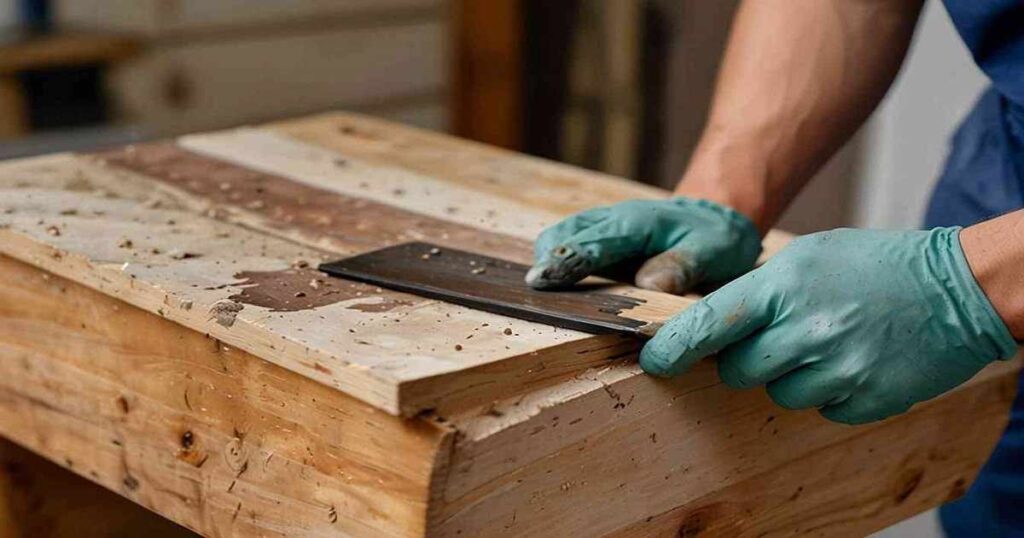
Using a paint scraper or putty knife, gently scrape off the loose layers of paint from the wood surface. Be careful not to apply too much pressure as this can damage the wood.
Next, use medium-grit sandpaper to strip paint from the wood. Sand in the direction of the grain until all the paint is removed. Finally, use fine-grit sandpaper to smoothen the surface and remove any scratches.
2. Chemical Stripping
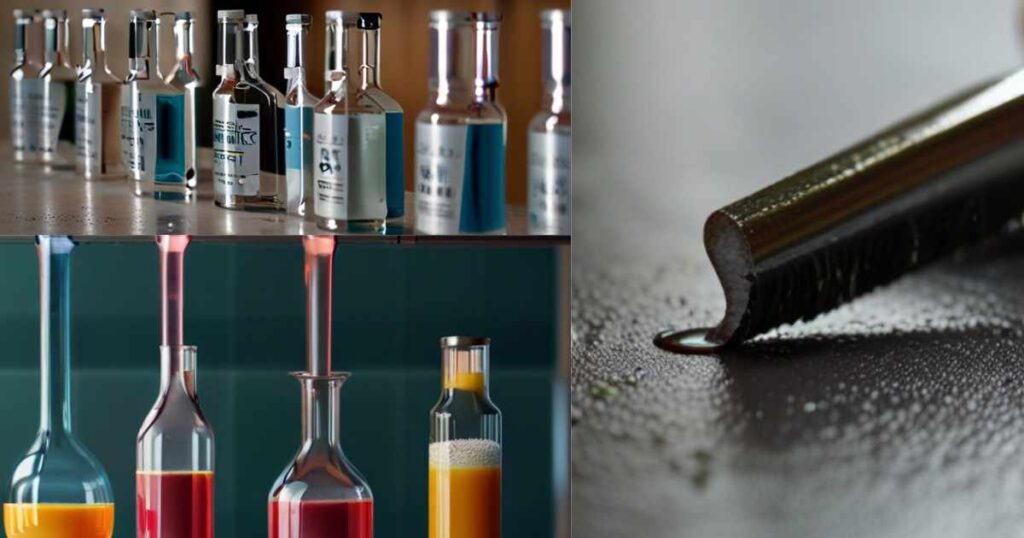
For tougher paint stains, you can use chemical strippers. These are available in gel or liquid form and work by dissolving the paint for easy removal.
Important: Make sure to follow the instructions on the label and test the stripper on a small area first to ensure it does not damage the wood.
After applying the stripper, use a scraper or putty knife to remove paint from the wood door or other surfaces. Once all the paint is eliminated, wipe down the surface with a damp material and let it dry earlier than sanding.
3. Heat Gun Method

Using a heat gun or hair dryer, warm the paint until it softens. Then, use a scraper or putty knife to remove the softened paint.
Note: Be careful not to hold the heat gun too close to the wooden doors or another wood surface as this can cause scorching and damage.
After removing as much of the paint as possible, sand down any final residue with medium-grit sandpaper. Finally, use excellent grit sandpaper to clean the surface.
4. Denatured Alcohol

For small regions of paint, you may use denatured alcohol to cast off it without damaging the wood. Soak a cloth in denatured alcohol and rub it over the painted area until the paint softens and can be scraped off with a putty knife or scraper. Wipe the area clean with a damp cloth and let it dry before sanding.
Note: Denatured alcohol is flammable, so make sure to work in a well-ventilated area and avoid any heat sources.
5. Mineral Spirits or Paint Thinner
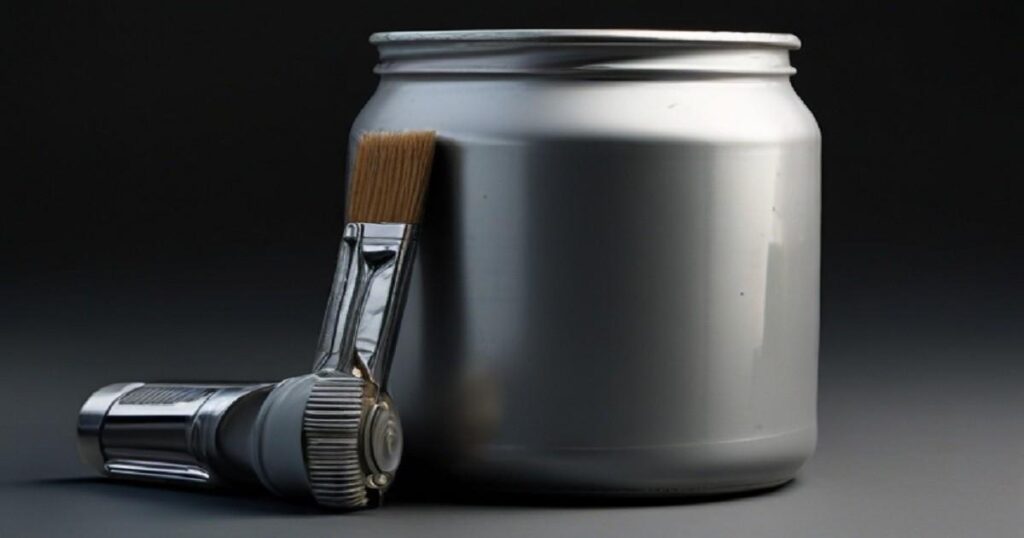
Similar to denatured alcohol, mineral spirits or paint thinner can also help remove small amounts of paint from wood. Soak a cloth or steel wool in mineral spirits and rub it over the painted area to soften the paint. Scrape off the softened paint with a putty knife or scraper, wipe clean, and let it dry before sanding.
Note: Mineral spirits and paint thinner are toxic chemicals, so make sure to work in a well-ventilated area and avoid skin contact.
6. By vinegar

Vinegar is another natural and gentle option for removing paint from wood without damaging it. Mix equal parts of white vinegar and water in a spray bottle, then saturate the painted region with the answer.
Let it sit for approximately 20 minutes, then use a scraper or putty knife to remove the paint. Wipe down the region with a moist material and allow it to dry before sanding.
Note: Vinegar may not be as effective on tougher paint stains and may take longer to soften the paint.
Tips for Removing Paint from Wood without Damaging It
- Always test any method on a small, inconspicuous area first to ensure it does not damage the wood.
- Work in a well-ventilated area and take necessary safety precautions when using chemicals or heat methods.
- Be patient and work carefully to avoid damaging the wood surface.
FAQs:
Does vinegar remove paint from wood?
Vinegar works best for getting rid of water-primarily based paints, but it can no longer be effective for oil-based total paints. It is constantly recommended to strive for a small test spot first before the use of vinegar on a larger region.
Can I use a pressure washer to remove paint from the wood?
Pressure washers aren’t recommended for removing paint from wood as the high strain can damage the floor and cause splintering.
What is the quickest easiest way to remove paint from wood?
The fastest and easiest way to get rid of paint from wood will rely on the sort of paint and the amount of paint that desires to be removed. Some strategies, which include scraping and sanding, can be quicker but require more manual labor.
What removes paint fast?
Chemical strippers and heat guns are the fastest methods for removing paint from wood, but they also require proper ventilation and safety precautions.
Conclusion
Removing paint from wood without damaging it requires patience and caution. By following the methods and tips mentioned in this guide, you can successfully remove paint from your wooden surfaces without causing any harm. Remember to always test on a small area first and work carefully to preserve the natural beauty of your wood. With these techniques, you can restore your wooden furniture or surfaces to their original state.


